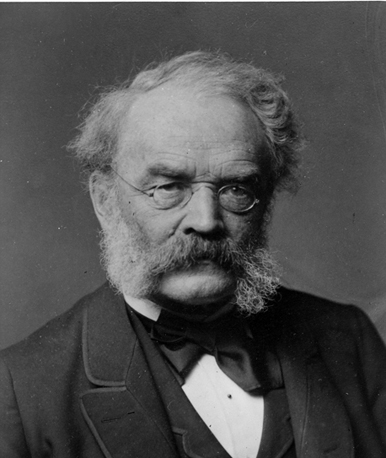-
-
-
-
Resistance
Resistance and Conductance

Resistance is a property of matter that resists the flowing of current. This phenomenon happens due to the electrons colliding with the lattice (the arrangement of atoms in crystal-like structure) which affects the motion of the electrons. The more collision, the greater the resistance property of the substance which impedes the speed of current. The unit of resistance is Ohm (symbol: Ω), named after Georg Simon Ohm. He is a German school teacher who proved that there is a direct proportion between the potential difference and the electric current.
The resistance of the material is affected by the length and type of the material and cross-sectional area. Hence, the formula for the resistance at constant temperature:
Temperature Effect on Resistance
Temperature can have an effect on the resistance of a material. As the temperature gets higher, the resistance of the material also increases. Thus,
Temperature Coefficient of Resistance
Since the resistance of a material varies according to temperature, we can measure the resistance change factor per degree of temperature change. This is called the temperature coefficient (\(\alpha\)) of resistance and it can be solved using the formula:
Using this, the formula for temperature effect on resistance can be rewritten as:
Conductance

Conductance is basically the opposite of resistance. It is a property of material that allows the flow of current. A material that has good conductance is called a conductor. The unit of conductance is formerly known as Mho (symbol: ℧), but currently the accepted unit by the International System of Units is Siemens (symbol: S). It is named after Ernst Werner von Siemen, a German electrical engineer.
Since conductance is the reciprocal of resistance,

